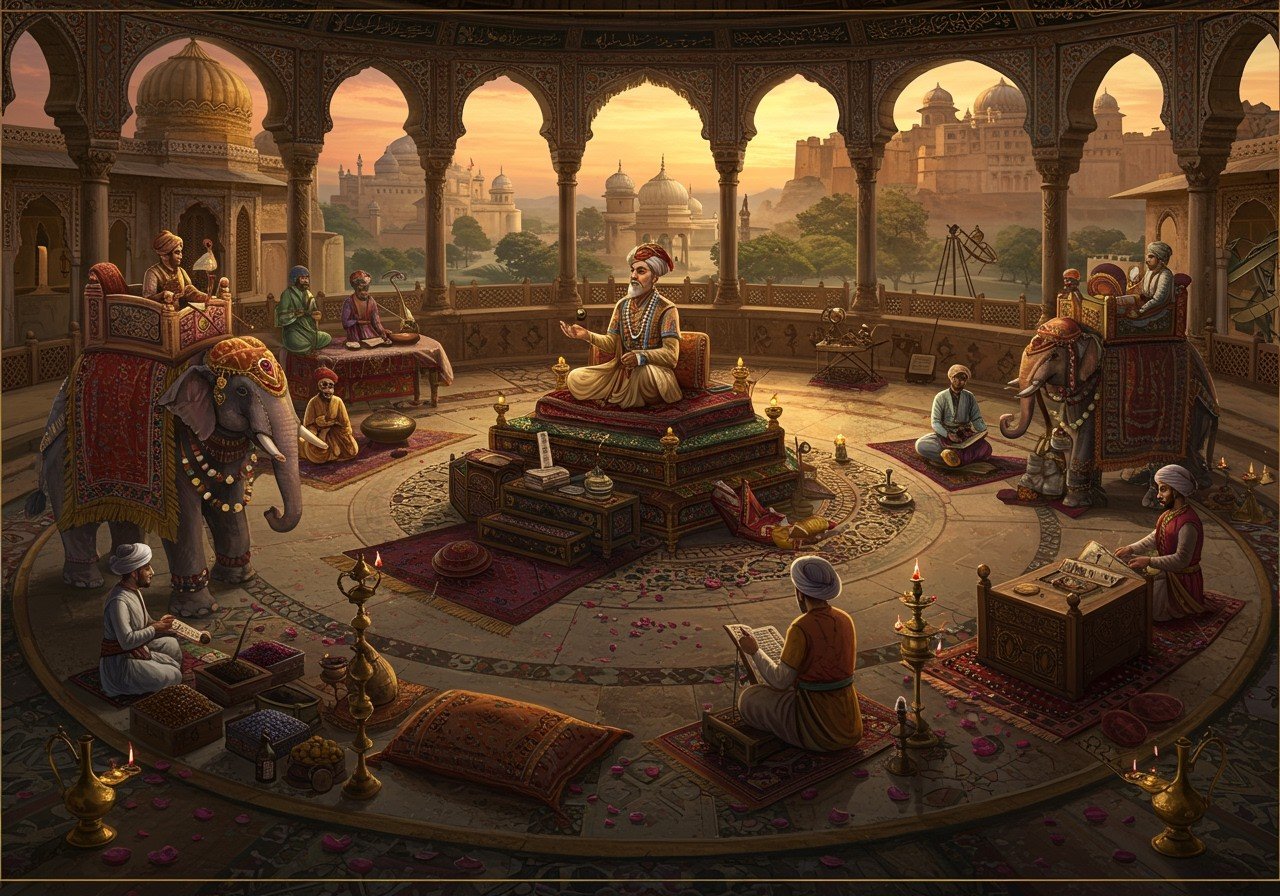
Medieval India, or मध्यकालीन भारत, represents a captivating era spanning from the 6th century to the early 16th century. This period, following the decline of the Gupta Empire and preceding the rise of the Mughal Empire, witnessed remarkable transformations in art, literature, culture, and religion. Significant regional variations further enrich the historical narrative of this time. Key changes included the decline of Pataliputra and the rise of Kanyakubja (Kannauj) as a symbol of sovereignty. Feudalism played a notable role in the socio-political structure during this era.
Understanding Medieval India
Medieval India is broadly divided into two periods:
- Early Medieval Period (6th to 13th centuries): This era saw the rise of regional kingdoms, each contributing unique elements to India’s cultural mosaic. The decline of centralized power led to a flourishing of regional art, architecture, and literature.
- Late Medieval Period (13th to early 16th centuries): This period is marked by the Delhi Sultanate and the nascent stages of the Mughal Empire. These powerful entities reshaped India’s political landscape and left an indelible mark on its social fabric. The arrival of new cultures and ideas through trade and conquest further enriched India’s cultural tapestry.
Key dynasties that shaped Medieval India include:
- Cholas: Celebrated for their magnificent temple architecture, particularly in South India, and their maritime prowess.
- Rajputs: Known for their valor, chivalry, and the vibrant Rajputana culture, which encompassed a unique blend of art, music, and literature.
- Delhi Sultanate: Introduced new administrative practices and architectural styles, influencing the trajectory of Indian governance and urban development.
- Mughals (early phase): While their major contributions came later, the foundations of the Mughal Empire were laid during the late Medieval period, setting the stage for their subsequent dominance.
The socio-economic fabric of Medieval India was woven with the threads of the caste system, evolving trade practices, and agricultural advancements. These elements played a crucial role in shaping the lives and experiences of people across different social strata.
Medieval India Time Period and Key Events
The timeline of Medieval India encompasses significant events and developments:
- Rise of Regional Kingdoms: The early Medieval period witnessed the emergence of powerful regional kingdoms, such as the Chalukyas, Pallavas, and Rashtrakutas, each leaving a distinct mark on Indian history and culture.
- Establishment of the Delhi Sultanate: The arrival of Islamic rulers and the establishment of the Delhi Sultanate marked a turning point in Indian history, introducing new forms of governance, architecture, and cultural exchange.
- Early Mughal Influence: The late Medieval period saw the initial incursions and establishment of the Mughal dynasty, which would later transform India into a major empire.
Explore the rich history and legacy of the Chandela dynasty at poojn.in. Learn about their architectural marvels, such as the Kandariya Mahadeva Temple, and their cultural contributions to Medieval India. Poojn.in also offers a guide to India’s Sas-Bahu temples, exploring their locations, history, and significance. Discover the architectural wonders of these temples at poojn.in.
Cultural and Religious Developments
Medieval India witnessed a dynamic interplay of religious and cultural currents:
- Bhakti Movement: This devotional movement emphasized a personal connection with the divine, transcending social barriers and fostering a sense of unity. Prominent figures like Kabir and Mirabai propagated its message through poetry and song.
- Sufi Movement: Mystical Islam, known as Sufism, gained prominence during this period, promoting spiritual growth and harmony between different faiths. Sufi saints played a vital role in bridging cultural divides.
For those interested in exploring the spiritual side of Medieval India, consider enhancing your puja space with authentic ritual items from poojn.in. We offer a wide selection of high-quality puja items, including bel malas, tulsi malas, and more. Visit poojn.in today to discover our collection.
Socio-Economic Conditions
The socio-economic landscape of Medieval India was shaped by several factors:
- Caste System: The caste system continued to influence social hierarchies and occupational structures, impacting access to resources and opportunities.
- Agrarian Economy: Agriculture remained the backbone of the economy, with advancements in irrigation techniques and crop cultivation contributing to sustenance and trade.
- Trade Networks: Extensive trade routes connected India with other parts of the world, facilitating the exchange of goods, ideas, and cultural practices. The Silk Road played a crucial role in this exchange.
Influence of Medieval India on Modern Culture
The legacy of Medieval India resonates in modern Indian culture in various ways:
- Architectural Heritage: The architectural marvels of Medieval India, from majestic forts to intricate temples and mosques, continue to inspire awe and serve as reminders of India’s rich past.
- Literary Traditions: The literary works of this period, including epic poems, devotional songs, and philosophical treatises, continue to be studied and cherished, shaping literary sensibilities and cultural values.
Conclusion
Medieval India, with its dynamic interplay of cultures, religions, and empires, offers a profound insight into the historical forces that have shaped modern India. Exploring this era allows us to appreciate the rich tapestry of our heritage and understand the complexities of our past. It is a journey through time that unveils the roots of our present and offers valuable lessons for the future.


